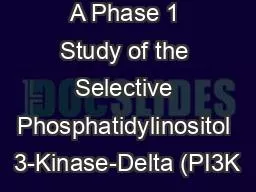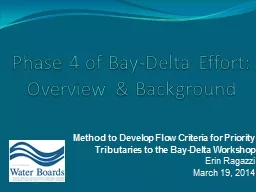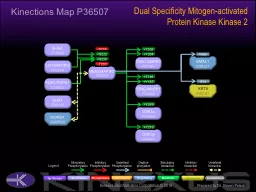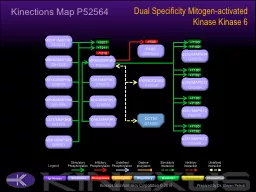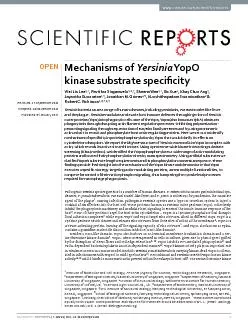PPT-A Phase 1 Study of the Selective Phosphatidylinositol 3-Kinase-Delta (PI3K
Author : windbey | Published Date : 2020-06-23
δ Inhibitor Idelalisib GS1101 in Combination with Rituximab andor Bendamustine in Patients with Relapsed or Refractory Chronic Lymphocytic Leukemia CLL Coutre
Presentation Embed Code
Download Presentation
Download Presentation The PPT/PDF document "A Phase 1 Study of the Selective Phospha..." is the property of its rightful owner. Permission is granted to download and print the materials on this website for personal, non-commercial use only, and to display it on your personal computer provided you do not modify the materials and that you retain all copyright notices contained in the materials. By downloading content from our website, you accept the terms of this agreement.
A Phase 1 Study of the Selective Phosphatidylinositol 3-Kinase-Delta (PI3K: Transcript
Download Rules Of Document
"A Phase 1 Study of the Selective Phosphatidylinositol 3-Kinase-Delta (PI3K"The content belongs to its owner. You may download and print it for personal use, without modification, and keep all copyright notices. By downloading, you agree to these terms.
Related Documents

